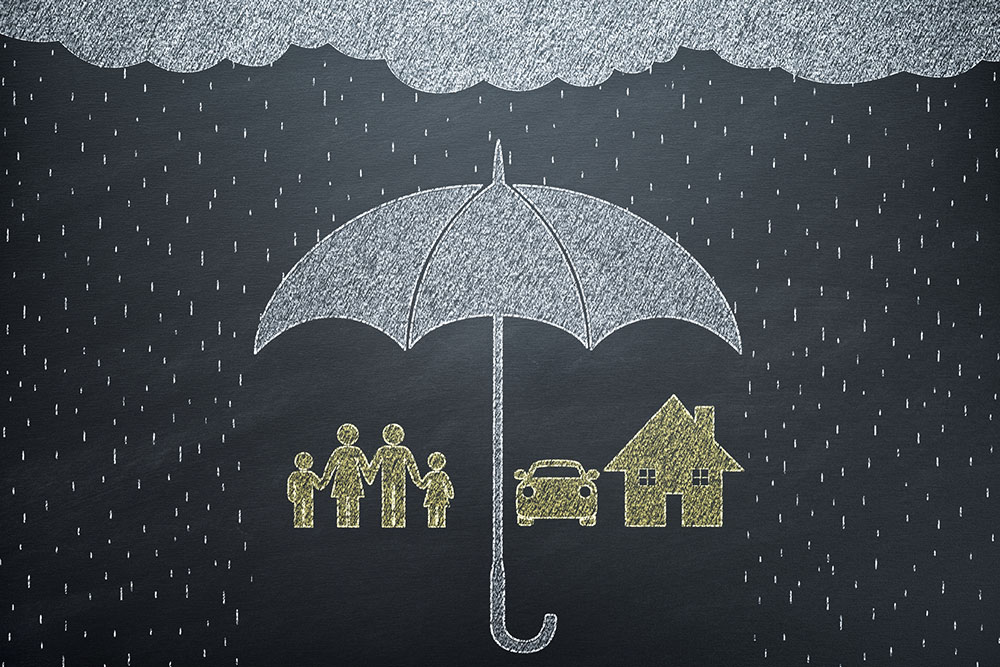A short guide to investing in bonds
This content is for information purposes only and should not be taken as financial advice. Every effort has been made to ensure the information is correct and up-to-date at the time of writing. For personalised and regulated advice regarding your situation, please consult an independent financial adviser here at Castlegate in Grantham, Lincolnshire or other local offices.
For many people, their minds drift to stocks when hearing the word “investing”. Yet investors have a range of asset types at their disposal. Fixed-income securities – bonds, in particular – can form a vital component of an overall portfolio. Knowing how they work, their varieties as well as respective benefits and drawbacks can help you decide where they might sit in your investment strategy. Below, our Grantham-based financial advisers offer our latest guide on bonds for the 2022-23 tax year. We hope you find this content helpful. If you want to discuss your own financial plan with us, please get in touch to arrange a no-obligation financial consultation, at our expense:
01476 855 585
info@casfin.co.uk
What are bonds?
A bond is essentially like a loan, except you (the investor) are the one lending money – typically to a government or company. You do so on the understanding that you will eventually get the principal back, along with the coupon (interest). The coupon will most likely be paid twice per year, and a range of variables affect the coupon “rate” – such as its level of credit risk. Broadly speaking, the higher the risk involved, the higher the coupon will be. The coupon rate will have a considerable bearing upon the “yield” – or return – you get on the bond.
Just like a bank loan, a bond lasts for a specific period of time – perhaps 3 years, 10 years or even more (e.g. 30 years). You can choose to buy a bond on the market and hold it for the full duration. Or, you could sell it to other investors before the maturity date. Here, interest rates play a key role in determining whether you get a good price for your bond. If you bought the bond when interest rates were higher than at the time you want to sell, then this will likely raise the attractiveness of your bond (since it may offer a higher rate than new bonds on the market). However, if interest rates have gone up since your bond purchase, the reverse may be true.
Benefits & drawbacks of bonds
A bond can offer an investor regular payments (from the coupon) throughout its lifetime. This often makes bonds attractive to investors whose main goal is generating an income from their investments and preserving the capital along the way – such as people in retirement. Bonds can also be a useful diversifier within a portfolio. Stocks and bonds, in particular, are two asset classes which typically have an inverse relationship and can, therefore, help an investor spread out his/her risk. Bonds are also usually “safer” investments than company shares (equities) and so can appeal to more “cautious” investors. The UK government, for instance, offers bonds (i.e. gilts) and it has never failed to meet repayment. Also, if a listed company goes bust, the bondholder (those who lent the business money) get priority over shareholders when assets are sold to compensate investors and settle company liabilities.
However, bonds are not risk-free. Some are riskier than others. Generally, bonds given a rating (by credit agencies) below BBB (“investment grade”) are usually considered “high yield” but carry a higher risk. Bonds offered by governments or companies in volatile countries, for instance, may meet such ratings and may be unable to pay you back. Bonds can also lead to a real-terms loss if you are not careful. For example, a fixed-income bond will pay the same coupon until it matures. If inflation rises during this time, however, then your yield will shrink and could even disappear entirely if the cost of living goes too high. One way to protect against this is to invest in index-linked bonds, where the coupon will follow inflation (as defined by an index like the CPI; Consumer Price Index). However, the risk here is that your returns may fall in the future if inflation goes down between now and the maturity date.
Building a portfolio with bonds
Bonds generally offer lower returns compared to equities. Therefore, your investment goals and risk appetite will play a key role in determining if – and how – they should feature in your portfolio. If you want to maximise your opportunities for growth and are prepared to weather greater risk along your investment journey, then balancing your portfolio towards equities is likely to be appropriate. This is particularly the case if you have a longer “investment horizon” (timeframe) in which to invest your money, such as 10+ years or even decades. Those who are more focused on preserving the capital they have already built may benefit more from including a higher percentage of bonds in their portfolio – particularly if they are more averse to risk. A financial adviser can help you work through these important considerations and arrive at an asset allocation that is specific to your goals, timescales and risk tolerance.
Invitation
If you are interested in discussing your own financial plan or investment strategy with us, please get in touch to arrange a no-commitment financial consultation at our expense:
01476 855 585
info@casfin.co.uk












